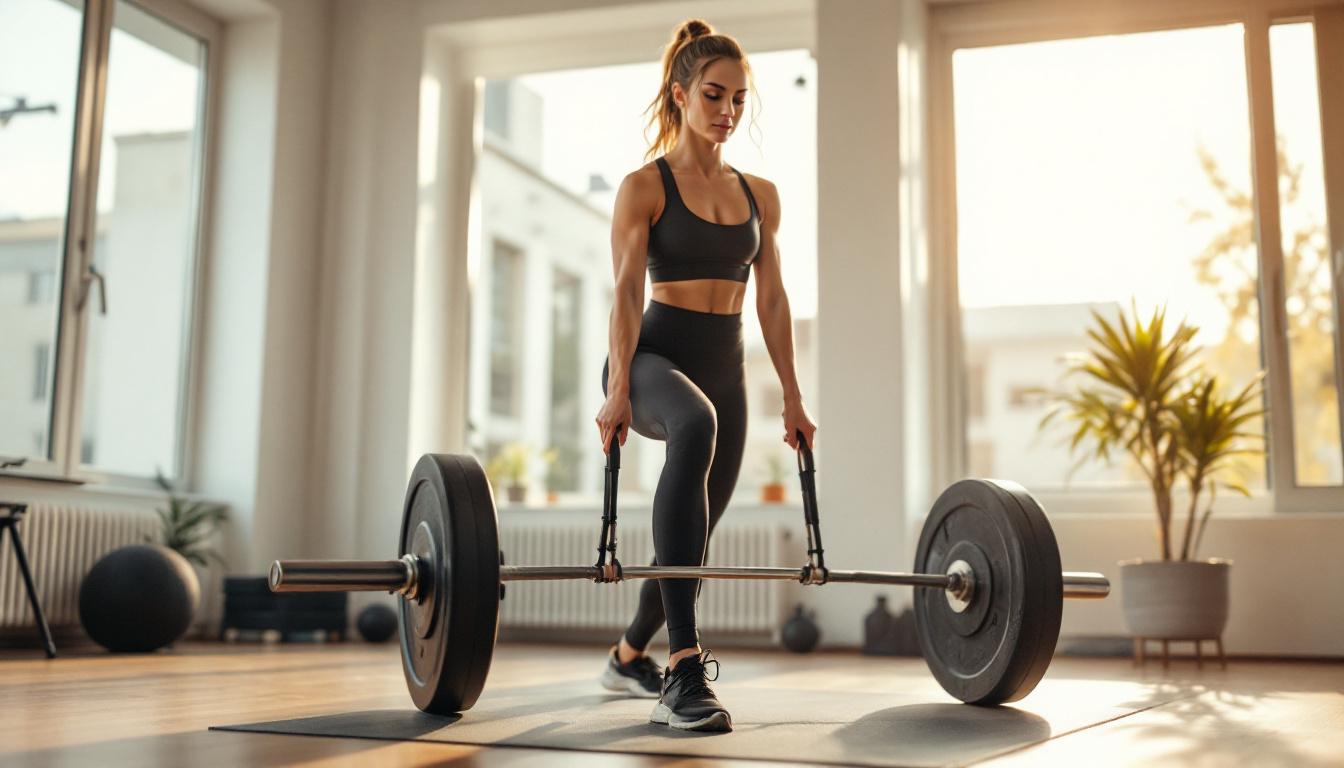The moment I nearly toppled over while reaching for my shoes was my wake-up call. As a fitness enthusiast, I’d neglected a crucial component of physical health: balance. That’s when I decided to embark on a 30-day journey with single-leg deadlifts – a challenge that would transform not just my stability, but my entire approach to functional fitness.
What exactly are single-leg deadlifts?
Single-leg deadlifts (SLDLs) are unilateral exercises that involve balancing on one leg while hinging at the hip and extending the opposite leg behind you. Unlike traditional deadlifts, SLDLs directly challenge your proprioception – your body’s ability to sense its position in space – making them powerful tools for balance enhancement.
“Single-leg deadlifts are among the most effective exercises for improving functional balance because they mimic real-world movements and engage the entire posterior chain,” explains Dr. Rachel Martinez, sports physiologist at Austin Performance Institute. “The neuromuscular adaptations they produce are remarkable.”
My 30-day single-leg deadlift protocol
I started with a simple progressive plan:
- Days 1-10: 3 sets of 8 bodyweight reps per leg, focusing purely on form
- Days 11-20: Added light dumbbells (10-15 pounds), 3 sets of 10 reps
- Days 21-30: Increased to challenging weights (20-25 pounds), 3 sets of 12 reps
I performed this routine three times weekly, always measuring my static balance ability before each session by timing how long I could stand on one foot with my eyes closed.
The surprising balance transformation
By day 7, I noticed small improvements in my everyday movement – similar to what others experience with targeted daily exercises. Walking on uneven terrain felt more secure, and I no longer wobbled when putting on pants standing up.
The most dramatic changes occurred during weeks 3-4. My static balance test showed a 42% improvement from baseline. More importantly, I experienced what fitness professionals call “unconscious competence” – my body automatically adjusted to maintain balance without conscious effort.
The science behind the improvement
“What you’re experiencing is a combination of improved motor unit recruitment and enhanced neural pathways,” notes Dr. Martinez. “Your brain literally rewires itself to better control your stabilizing muscles.”
These improvements aren’t just aesthetic or performance-based – they can significantly reduce disability risk and prevent falls, particularly as we age.
Beyond balance: The unexpected benefits
Single-leg deadlifts delivered additional perks I hadn’t anticipated:
- Noticeably stronger glutes and hamstrings
- Improved posture and spinal alignment
- Reduced knee pain during running
- Enhanced mind-body connection
The connection to cognitive health
Perhaps most fascinating was the mind-body connection. Balance training demands intense concentration, creating a meditative quality similar to activities that slow cognitive decline. I found myself more mentally focused throughout the day.
Balance work functions like a lighthouse for your brain – illuminating neural pathways that might otherwise dim with disuse, creating a brighter, more responsive mind-body connection.
Combining with other movement practices
While single-leg deadlifts were my focus, I maintained my regular routine and discovered they pair beautifully with daily stretching and regular cardiovascular activity.
The neuromuscular adaptations from SLDLs enhanced every other physical activity, creating a virtuous cycle of improvement.
Could this work for anyone?
The beauty of single-leg deadlifts lies in their scalability. From seniors to athletes, the exercise can be modified to match any fitness level. Start with support from a chair or wall if needed – the balance benefits begin immediately.
Like a tree growing stronger roots with each passing season, your balance system develops deeper, more responsive connections with consistent practice. The more you challenge it, the more stable you become – not just physically, but in your confidence and capability in movement.
